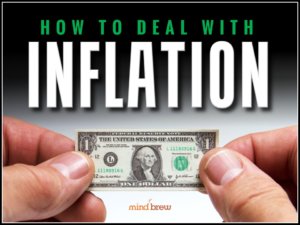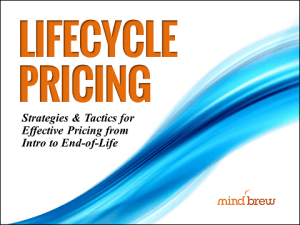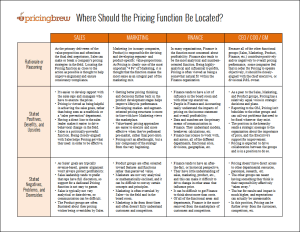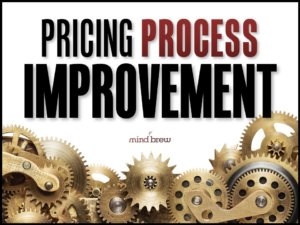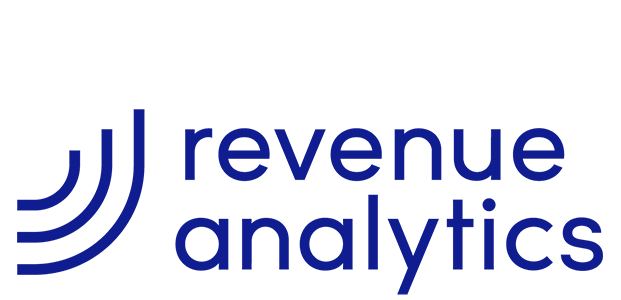Given the inflationary environment we currently find ourselves in, price increases are coming fast and furious in most sectors. Companies everywhere are seeing their costs going up on multiple fronts at the same time. And in turn, most are then boosting their own selling prices to help maintain cash flow and profitability.
These inflationary dynamics are extremely broad-based. It’s a hot topic in the news. It seems like everyone is dealing with it in some form or fashion. And for sectors and geographies that haven’t been affected in a big way as of yet, it’s likely just a matter of time.
That said, it’s a mistake to assume that the broad nature of these inflationary dynamics will reduce the need to justify the resulting price increases.
Yes, your buyers are likely seeing price increases from all of their other suppliers. And yes, your buyers are very likely experiencing cost increases on many other fronts in their businesses, too. They are indeed well aware of the inflationary environment and they, too, are dealing with the resulting dynamics.
They’re in it; so they get it.
But just because they’re in the same boat, that doesn’t mean they’re just going to swallow whatever price increases they’re presented.
In fact, in this type of environment, buyers are going to push harder than ever to ensure they’re getting the best deals possible. And because they’re likely pushing price increases to their customers as well, they’ll know…or at least suspect…that there’s some padding built in to your overall cost recovery plan or price increase strategy, giving them ample room to negotiate.
And buyers aren’t the only ones who still need to be convinced…
It’s important to remember that your sales team is actually the first audience that needs to be “sold” on price increases, no matter the market condition.
After all, when your salespeople understand that the price increases are justified and necessary, they’re much more likely to push for the full amount of the increase and hold the line on demands for additional concessions. On the other hand, salespeople who aren’t convinced that an increase of a certain magnitude is really justified will often cave at the slightest hint of pushback or whiff of hesitation.
The point is that it’s not enough to simply utter the word “inflation” as though it’s some magical incantation that should ward off all skepticism and satiate every concern.
Even in an environment where virtually everyone is acutely aware of and being affected by similar dynamics, you still have to make a complete and compelling case to your sales team, who can then relay…with confidence and conviction…the relevant portions of that justification to prospects and customers.

